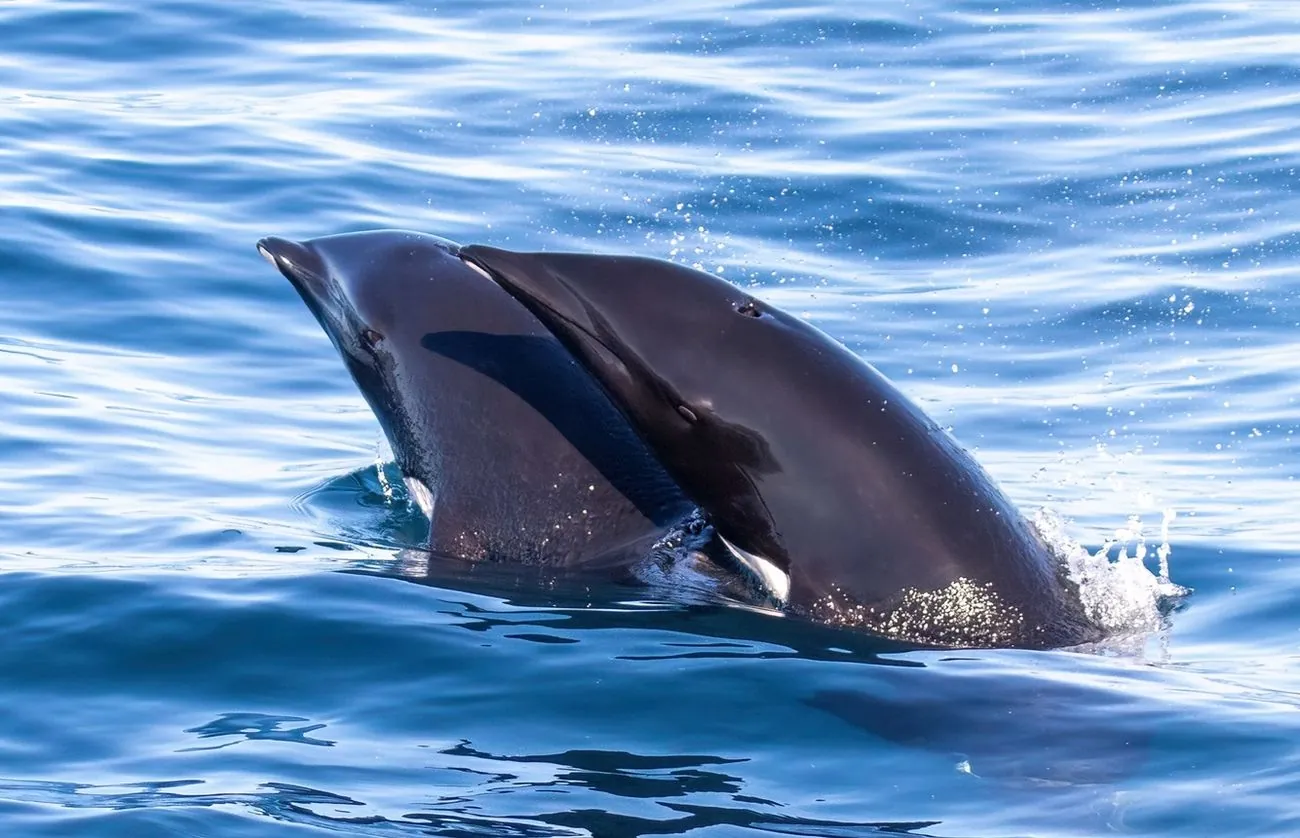Google teaches AI to speak dolphin language
Kyiv • UNN
Google has developed DolphinGemma AI, which can "translate" dolphin language and generate new sound sequences. The model uses data from the Wild Dolphin Project, which has been studying dolphins since 1985.

For decades, understanding the clicks and whistles of dolphins has been beyond human capabilities. But recently, Google, in collaboration with Georgia Tech researchers, announced progress in this area. Scientists have created a basic artificial intelligence model that not only "translates" dolphin language but also generates new sound sequences in response.
This was reported by UNN with reference to Blog.Google.
Google, in collaboration with Georgia Tech researchers and field studies from the Wild Dolphin Project, has created an artificial intelligence model trained to learn the structure of dolphin vocalizations and generate new dolphin-like sound sequences. This approach in the search for interspecies communication expands the boundaries of AI and our potential connection with the marine world.
DolphinGemma
The vast dataset of the Wild Dolphin Project provided a unique opportunity for AI. Google developed the DolphinGemma artificial intelligence model, which uses Google's special audio technologies: the SoundStream tokenizer transmits dolphin sounds. These are then processed by a special program for sounds with a complex sequence, and the AI model generates sound sequences similar to those used by dolphins for communication, in response.
DolphinGemma can run on Pixel phones, which WDP uses in the field. So the Wild Dolphin Project will test it this season.
The research on which DolphinGemma was created: The Wild Dolphin Project has been studying dolphins since 1985, focusing on pods of wild Atlantic spotted dolphins in the Bahamas in their natural habitat.
According to scientists, this provides a rich and unique dataset: decades of underwater life captured on video and audio.
The main task of WDP is to observe and analyze the natural communication and social interactions of dolphins. Working underwater allows researchers to directly link sounds to specific behaviors, which is impossible when observing from the surface.

For decades, scientists have correlated the sounds these mammals make with their behavior. Knowledge of the behavior of individual dolphins studied by scientists is crucial for accurate interpretation.
Here are some examples:
- mothers call their calves with signature whistles;
- pulse bursts are often observed during fights;
- dolphins often use clicks during courtship or chasing sharks.
The ultimate goal of observation is to understand the structure and potential meaning of these sounds in dolphin communication and to find patterns that may indicate language.